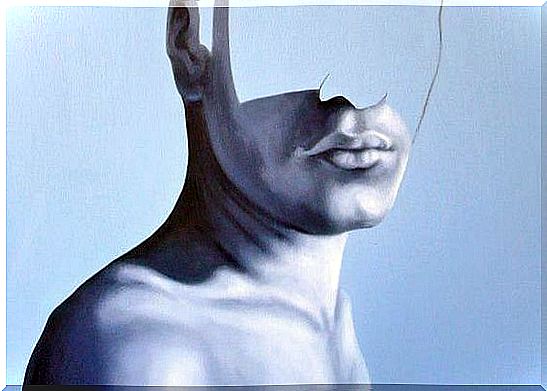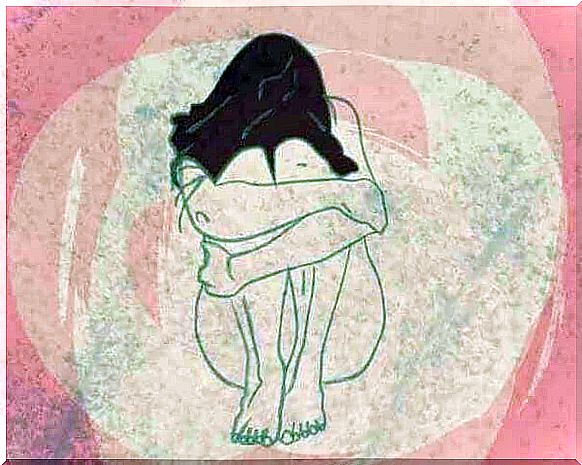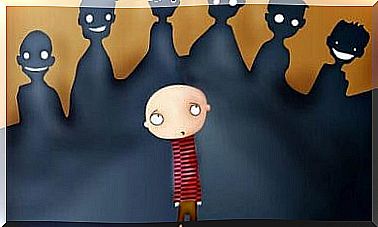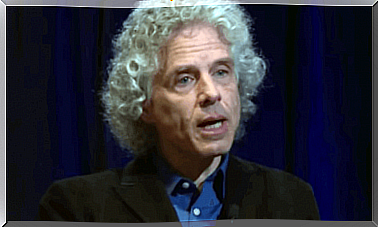I Have A Chronic Illness That Is Not Invisible Or Made Up

We live in a society where chronic diseases remain invisible. We are talking about realities such as fibromyalgia. But for many, this is just an “invented disease” that justifies absence from work. It’s time to change our mentality. There is no need to see a wound for it to be real.
According to the World Health Organization (WHO) , invisible chronic diseases make up almost 80% of all current diseases. This includes mental illness, cancer, lupus, diabetes, migraines, rheumatism, fibromyalgia and many others.
These are disabling ailments for the people who suffer from them. Unfortunately, even these individuals are forced to face a society that tends to judge without knowing the full story.
Living with a chronic illness is a journey that is as slow as it is alone. The first part of this journey is the search for a definitive diagnosis. This is not straightforward. It can actually take years before a person finally manages to put a name to what is happening in their body.
Later, after starting to tackle the disease, an even more complex stage will come: finding one’s dignity and quality of life, with pain as a companion.
If we add a lack of understanding and sensitivity to this, it is easy to understand why depression often becomes another ingredient. In addition, we must not forget that a significant proportion of those affected by chronic illness are children.

Many people who suffer from chronic diseases sometimes feel the need to carry a sign. A symbolic sign that includes capital letters that explain what is happening to them so that the rest of the world can understand. To better explain this, we will give an example.
Maria is 20 years old and drives to school. She parks in the handicap parking lot. Later she takes an umbrella and takes it to the classroom. One day she notices a picture on social media. In it, people mock her for being eccentric. After all, she walks everywhere with an umbrella. Furthermore, they insult her because “she has a stomach” to park in the disabled parking lot. After all, she is fine: she has two legs, two arms, two eyes and a nice face…
Days later, Maria is forced to talk to her classmates. She has lupus – a disease that the sun can activate. She also has two prosthetic hips. Her disease is not visible to the naked eye, but it is still there. It has changed her life. It also challenges her every day to be stronger and braver.
How can these people live without feeling the need to describe their pain? How do they cope with the skepticism?

Maria does not want to constantly tell what is happening to her. She does not want any special treatment. She just wants respect and understanding.
It is difficult to achieve in our society. But if we are sick, we expect it to be visible…
The level to which these chronic diseases handicap those who suffer from them varies from person to person. There are those who have more self-propelled, but also those who can be more or less functional depending on the day. In the latter case, the person will suffer from episodes of suffering, and others where he feels more or less healthy.
There is a non-profit association called the Invisible Disabilities Association (IDA). It seeks to teach others and to connect people suffering from an “invisible disease” with their surroundings and society itself. One thing that this organization clarifies is that life with a chronic illness can be difficult, even within one’s own family, at work or at school.

For example, many young people are scolded because others think they are using their illness as an excuse to avoid things. After all, they believe that the person’s fatigue is only due to laziness. Your pain is not an excuse to skip school or not do your homework.
These situations can gradually disconnect the person from reality, until he becomes even more invisible.
No one chooses their migraine, their lupus or their bipolar disorder. In reality, they have only one option: to fight, to be determined and to get up every morning despite pain and fear.
A chronic illness involves having to shoulder many other habits. One of them is to accept that at some point we will be judged. Therefore, we must prepare ourselves with adequate management strategies.
We must not be afraid to talk about what is happening to us or to define our illness. After all, we must help make the invisible visible to the people around us, so that they become aware.
There will be days when we can handle everything that comes our way, and days when we struggle. But we remain the same people.
We must be able to defend our rights. This includes rights both at work and at school.
Neurologists, rheumatologists and psychiatrists also recommend something important: exercise. You need to keep moving in life and tackle it every day. Even if the pain holds you captive, you must remember one thing: if you stop, there will be even more darkness, negative emotions, and rejection.

In general, the most important thing you can remember is that people suffering from chronic, socially invisible diseases do not need our compassion. We do them no good either. What they demand, however, is empathy, understanding and respect.
Sometimes the most intense, amazing and devastating things – such as love and pain – are invisible to the eye.
We do not see them, but they are still there.








